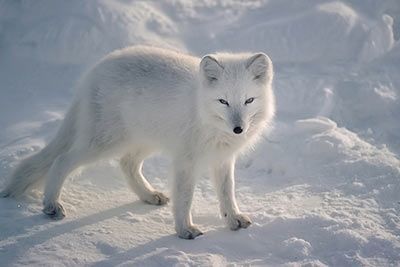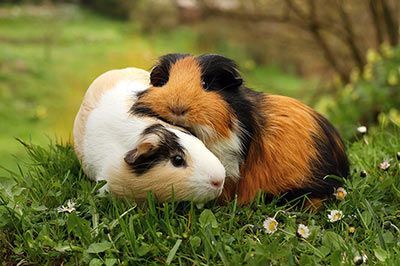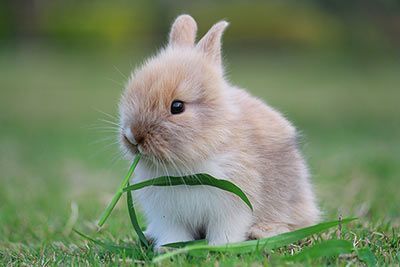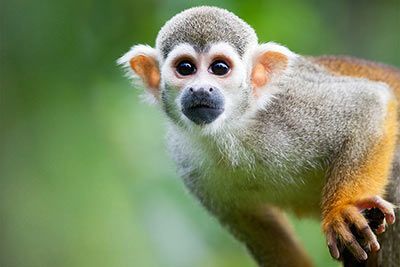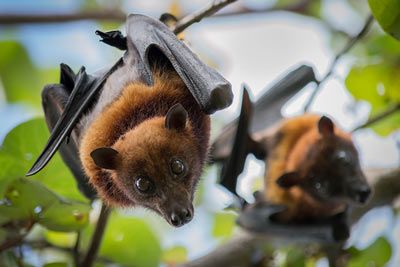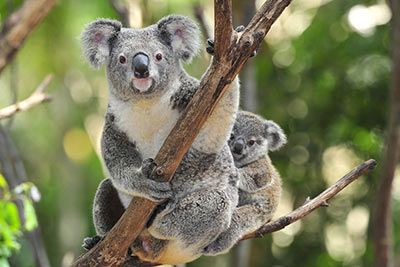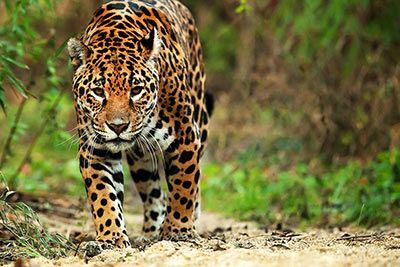Chinchilla
Chinchilla Facts
| Size | 8.6-15 inch (22-38 cm) (body) |
| Speed | Up to 15 mph (24 km/h) |
| Weight | Up to 1.7 lb (800 g) |
| Lifespan | 10-20 years |
| Food | Grass, roots, bark, leaves, fruit, cactuses |
| Predators | Owls, foxes |
| Habitat | South America |
| Order | Rodents |
| Family | Chinchillas |
| Scientific name | Chinchillidae |
| Characteristics | Bushy tail, big ears |
Main Characteristics
Chinchillas look like a crossbreed of guinea pigs and squirrels. They are actually closely related to guinea pigs.
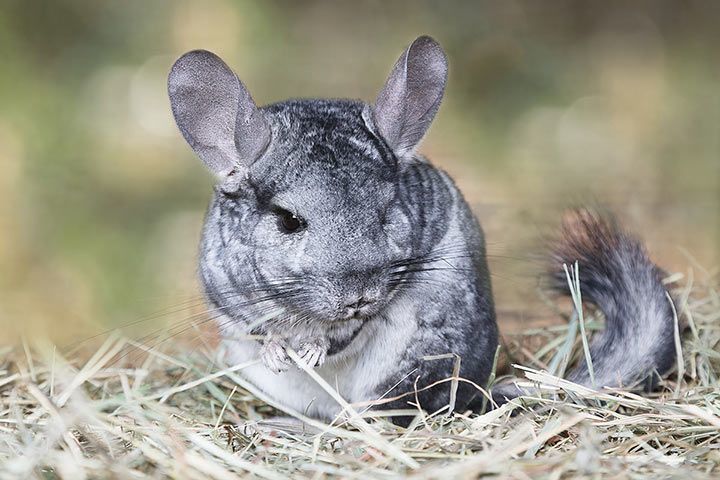
Anatomy and Appearance
Hair
Is there anything underneath this fluffy fur? In fact, Chinchillas have a rather slender physique, but you simply can't see it. The reason is its dense fur, which has a unique feature. From each follicle grow about 60 hairs (it’s only one with humans). And there is even more to it. Chinchilla hair is 30 times thinner than human hair and there are about 20,000 hairs per square centimeter. Humans only have about 100 hairs per square centimeter.
Habitat and Distribution
Chinchillas originally come from Argentina, Peru, Chile, and Bolivia. They live in the snowy Andes at heights between 9,842 and 16,404 feet (3,000 and 5,000 meters). Their fluffy fur protects them from the icy cold at night. Unfortunately it has not protected the little rodents from shivering humans, and they have nearly become exterminated in order to be manufactured into warming clothes.
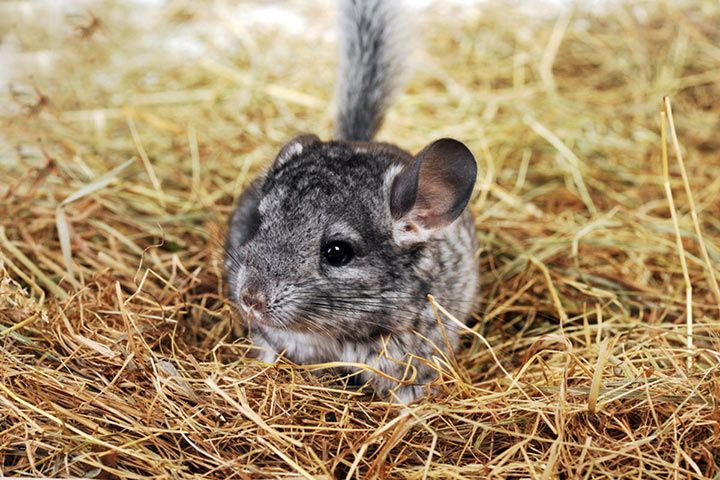
Life Style
Chinchillas are small rodents that are native to more mountainous regions of South America. During daytime, they hide in rock crevices to douse. They do not become active before dusk and at night. Therefore they are not really suitable as pets for little children by the way.
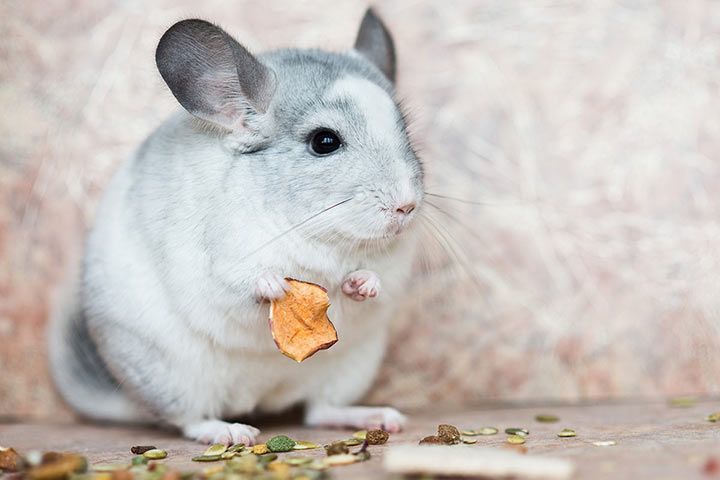
Behavior
Sand Bathing
Chinchillas have a very soft and thick fur. They do not need any special care products, but enjoy to rolling around in the sand.
Defense
If chinchillas are attacked and held by enemies such as birds of prey, skunks, wildcats or snakes, they opt for spontaneous hair loss. The attackers then have instead of the animal just a tuft of hair "in their fingers" and the rodents escape in most cases.
Reproduction
Between May and November, Chinchillas usually give birth to two to three babies - twice. Right after their birth, the babies can see and already have fur.
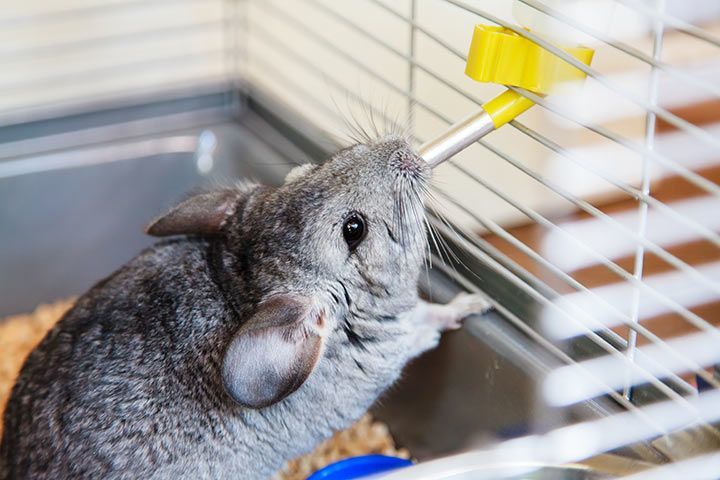
The Chinchilla Is Related To:
- Guinea Pig
- Hutia
- Naked Mole-Rat
- Nutria
- Porcupine
Animals in the Same Biome:
- Watch Now on animalfunfacts.net:
 All About Mammals
All About Mammals













